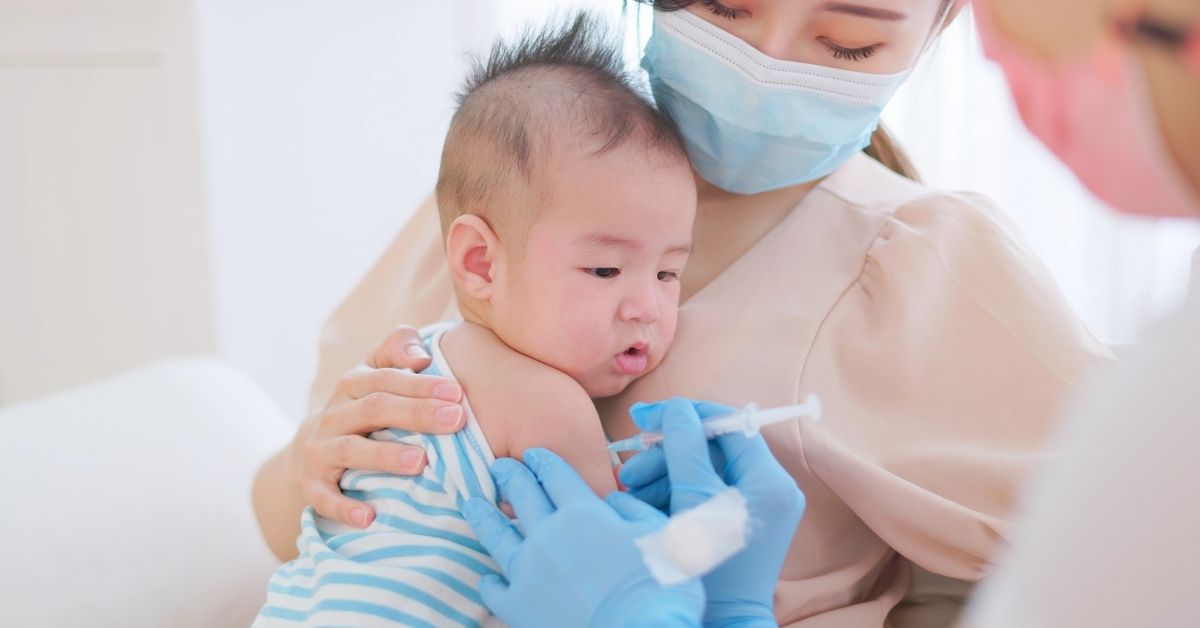Childhood deafness, often detected in infancy or early childhood, can significantly impact a child’s language, social, and emotional development. With timely identification and appropriate interventions, children with hearing impairments can achieve optimal developmental outcomes, reducing the risks of delayed communication skills and educational challenges.
What is Childhood Deafness?
Childhood deafness refers to partial or complete hearing loss occurring during childhood, including at birth. It may range from mild to profound, affecting one or both ears. Early identification is critical as hearing is essential for language acquisition, which in turn influences cognitive and social development.
Who is at Risk of Childhood Deafness?
Some children are at higher risk of congenital or acquired deafness due to several factors. Key risk groups include:
1. Genetic Factors: About 50% of childhood hearing loss cases have genetic origins. Family history of hearing loss can increase the risk.
2. Premature Birth: Prematurity or low birth weight is associated with an increased risk of hearing impairment.
3. Infections During Pregnancy: Rubella, cytomegalovirus (CMV), toxoplasmosis, or syphilis infections in the mother during pregnancy may lead to congenital hearing loss.
4. Neonatal Complications: Conditions like severe jaundice, requiring a blood transfusion, or exposure to ototoxic medications in the neonatal period increase the risk of hearing impairment.
5. Infections in Early Childhood: Acquired hearing loss can occur due to infections like meningitis, measles, or mumps in early childhood.
Congenital Deformities Associated with Childhood Deafness
Several congenital deformities can increase the likelihood of hearing impairment, including:
• Cleft Palate and Craniofacial Anomalies: Malformations in the ear, nose, and throat structure often lead to conductive hearing loss.
• Microtia and Atresia: These are deformities where the ear canal or outer ear is underdeveloped or absent, affecting the transmission of sound.
• Syndromic Hearing Loss: Some genetic syndromes, like Down syndrome, Usher syndrome, and Waardenburg syndrome, include hearing loss as a common symptom.
• Inner Ear Malformations: Structural issues in the cochlea or other parts of the inner ear can cause sensorineural hearing loss.
Importance of Early Identification and Screening
The critical period for language development is within the first two years of life, making early detection vital. Screening programs for newborns, like the Universal Newborn Hearing Screening (UNHS), have helped detect hearing loss in the first few days after birth. Children identified through such programs can receive early interventions, ensuring they are less likely to fall behind in developmental milestones.
Universal Newborn Hearing Screening (UNHS): Many countries have implemented UNHS as a standard practice. It involves non-invasive tests like the otoacoustic emissions (OAE) test or the auditory brainstem response (ABR) test, which are highly effective in identifying infants with hearing impairments.
How is Intervention Done?
1. Confirmatory Diagnostic Testing: Following an initial screening, diagnostic tests are essential to confirm the hearing loss type and severity. This allows for a personalized intervention plan.
2. Hearing Aids or Cochlear Implants: Depending on the degree of hearing loss, children may benefit from amplification devices. For profound hearing loss, cochlear implants are recommended, ideally before 12 months of age for optimal outcomes.
3. Speech and Language Therapy: Early speech and language therapy is crucial for children with hearing loss. Therapists work on developing listening, speech, and communication skills tailored to each child’s abilities and needs.
4. Family Education and Counseling: Educating families on effective communication methods, such as sign language or alternative communication strategies, empowers them to support the child’s language development at home.
5. Regular Monitoring and Adjustments: Children’s needs can change as they grow, necessitating regular follow-ups with audiologists and speech therapists. Early educational support, such as specialized pre-school programs, is also beneficial.
Conclusion
Early identification and intervention in childhood deafness can significantly impact a child’s developmental trajectory. By implementing universal hearing screenings, providing access to assistive devices, and offering tailored therapies, children with hearing loss have the opportunity to develop language, learning, and social skills essential for lifelong success. Working closely with a pediatrician, audiologist, and speech therapist can provide the necessary support to help children reach their full potential.








